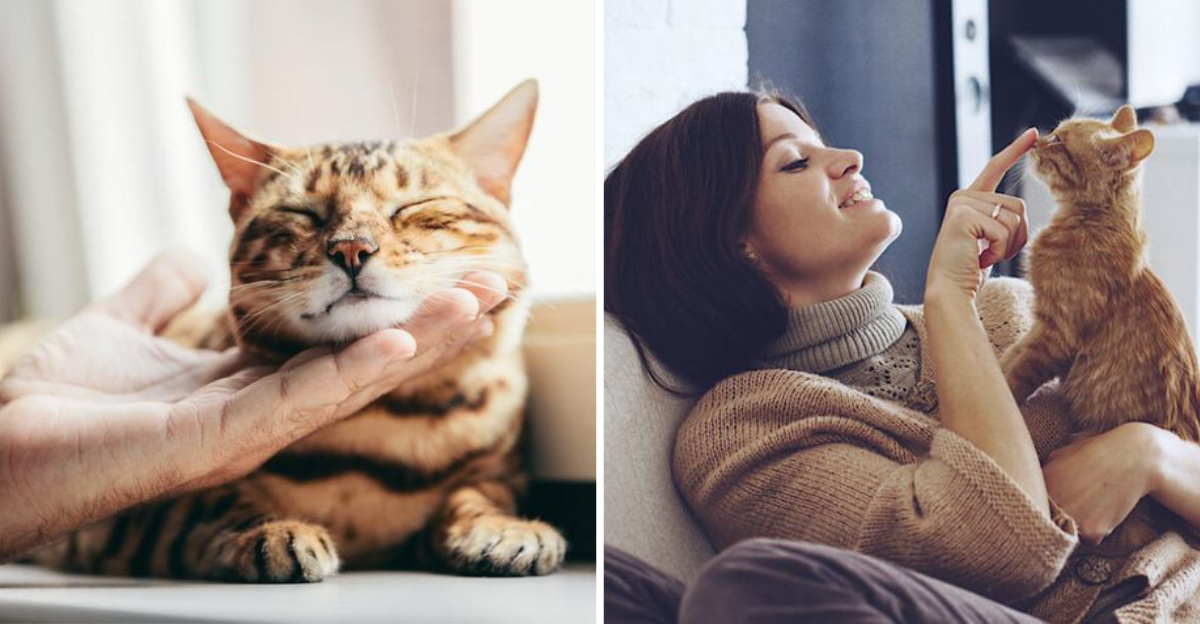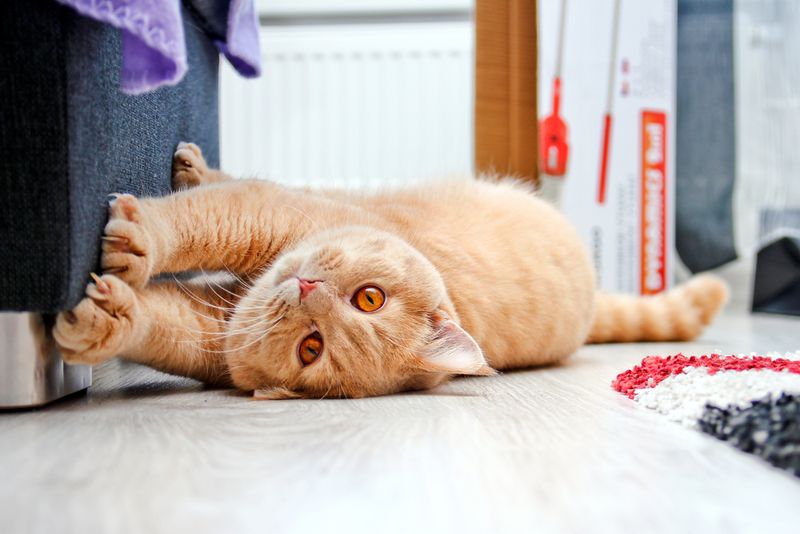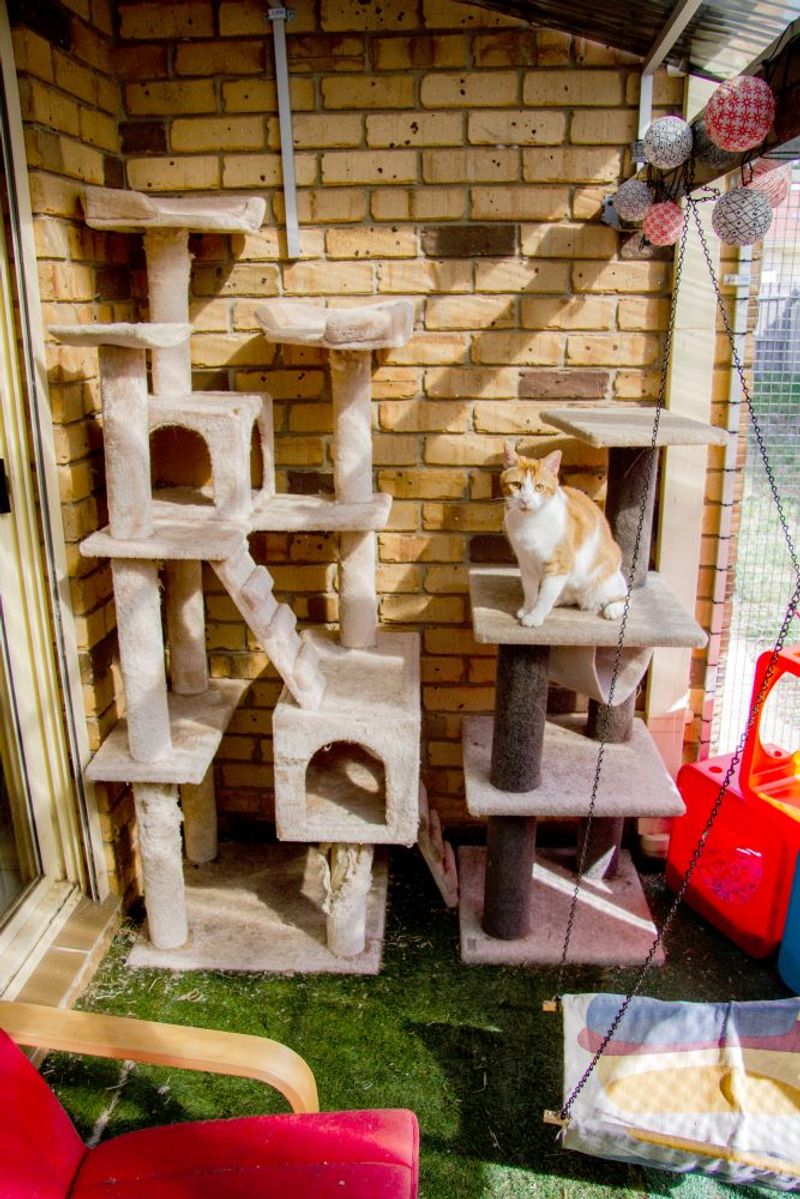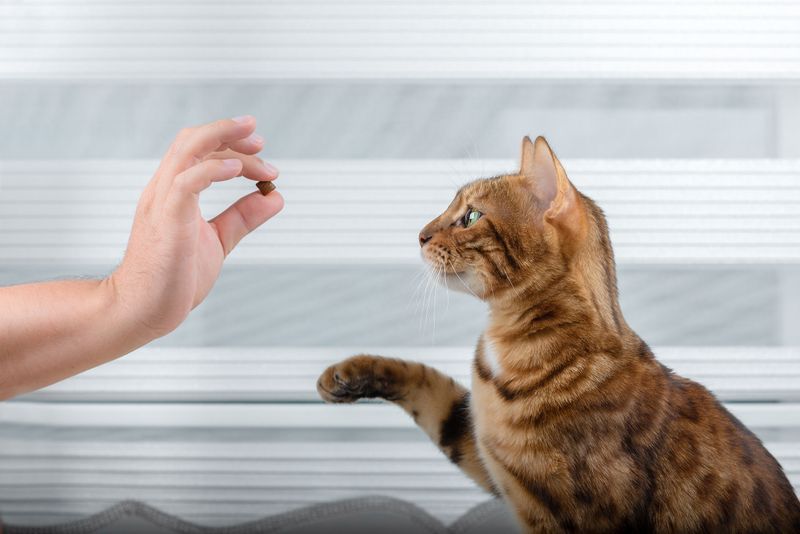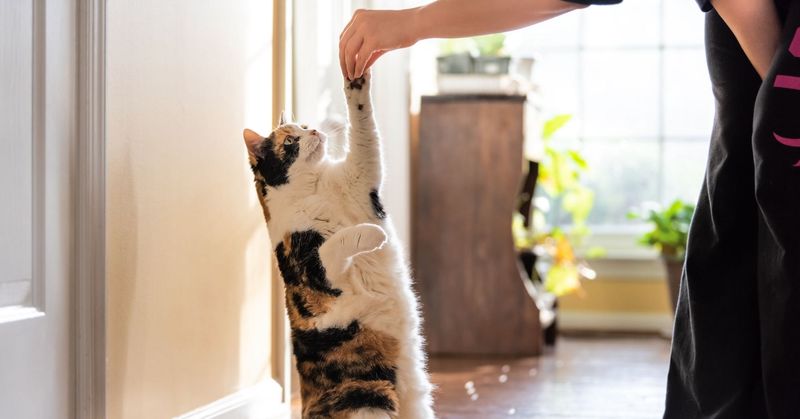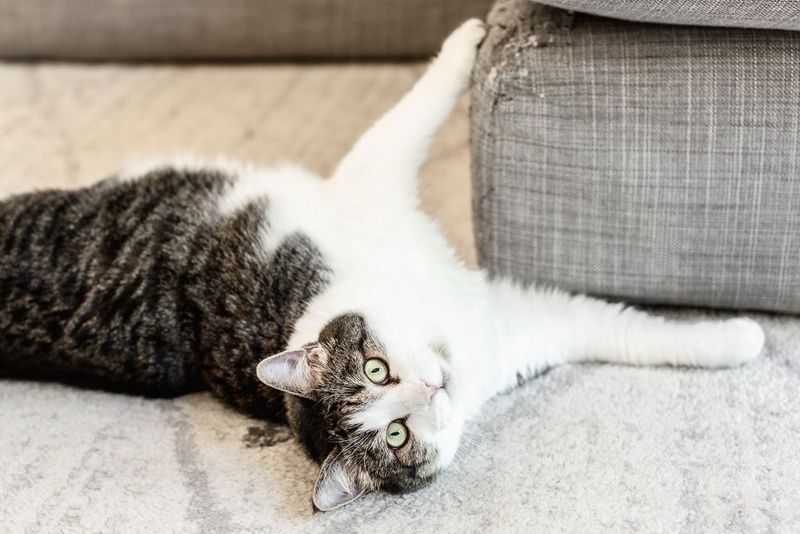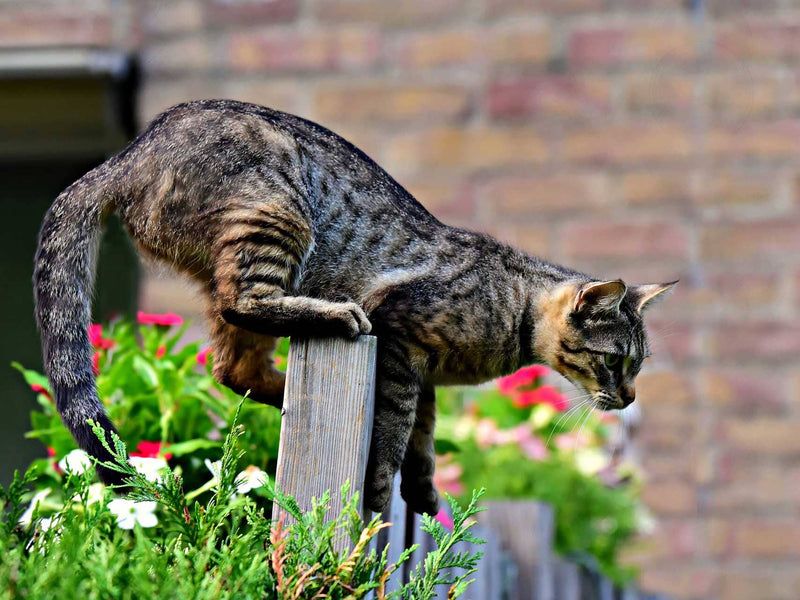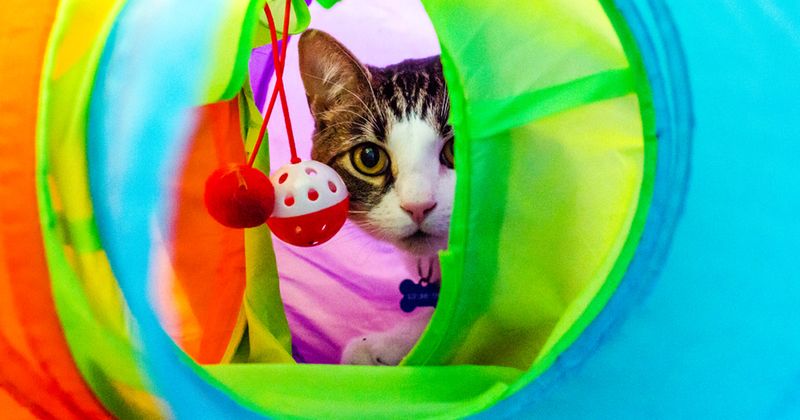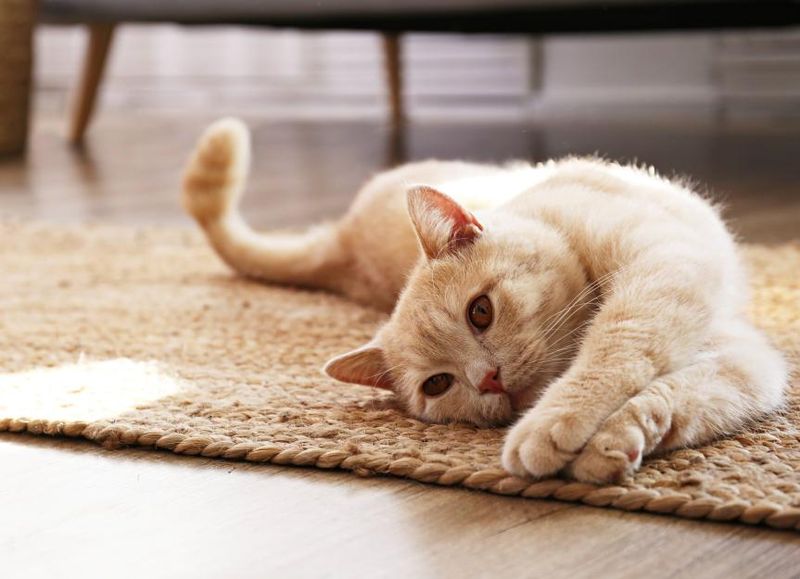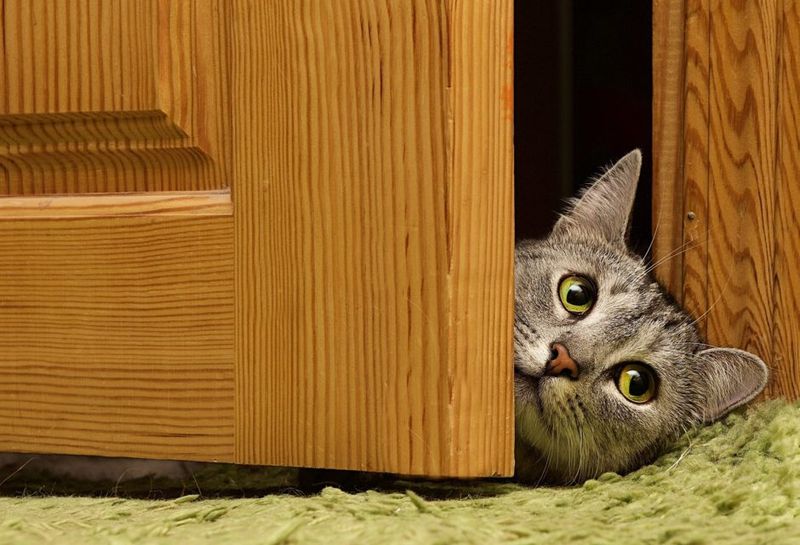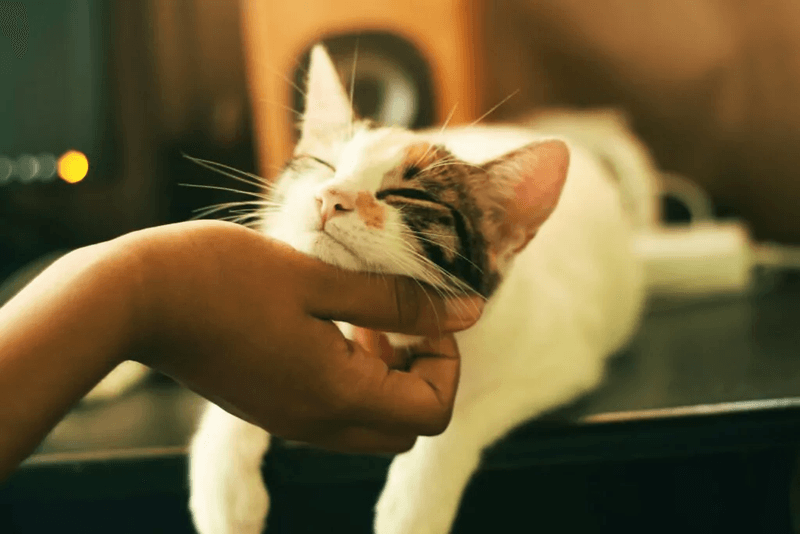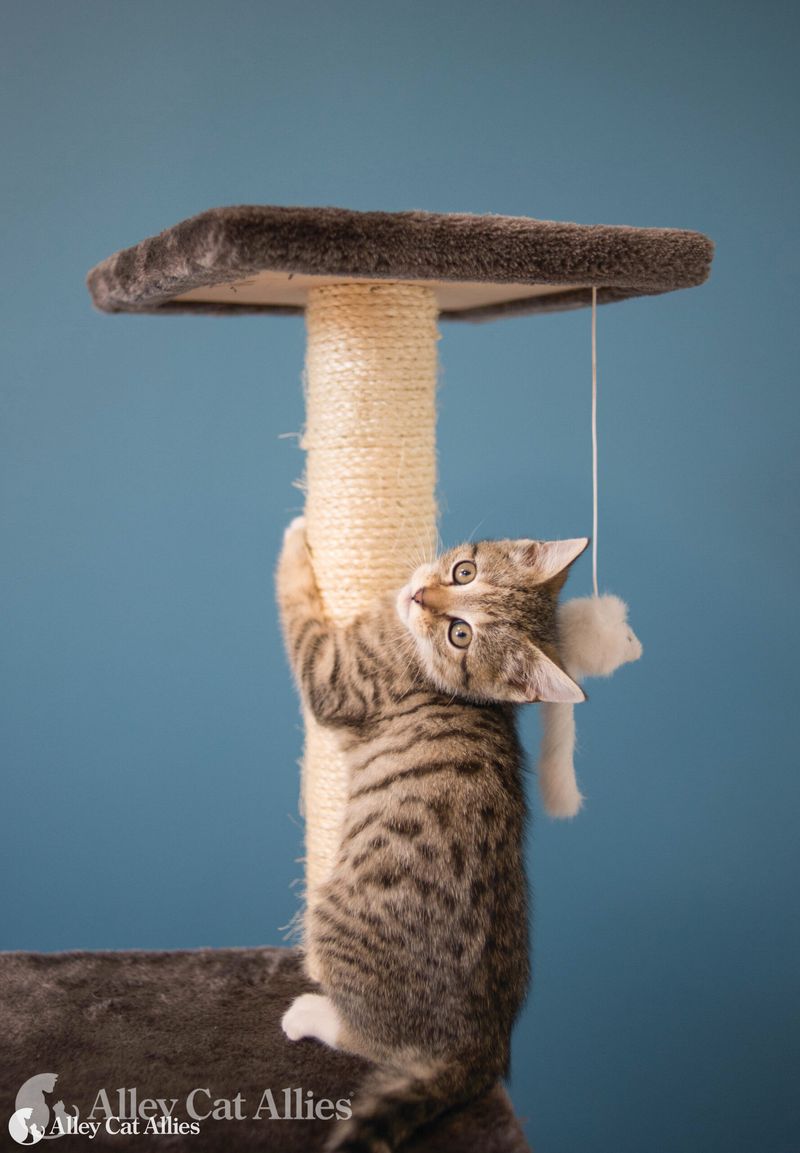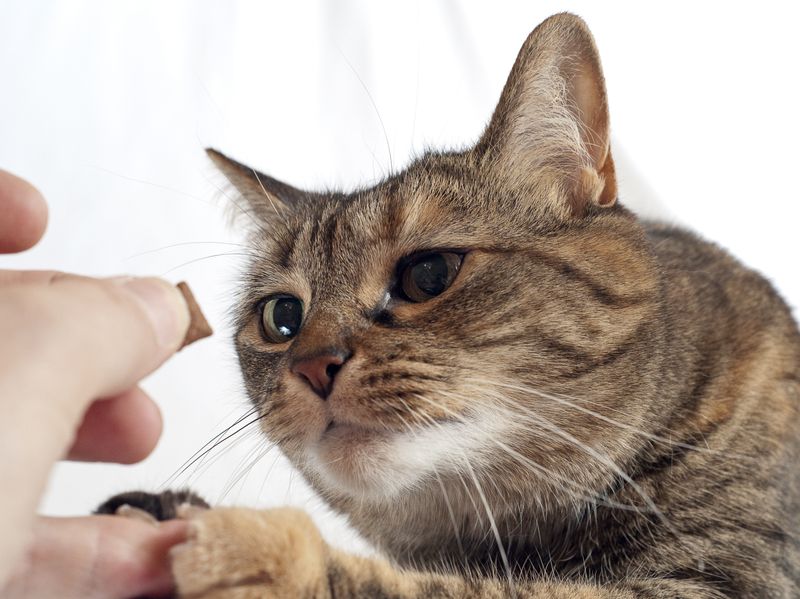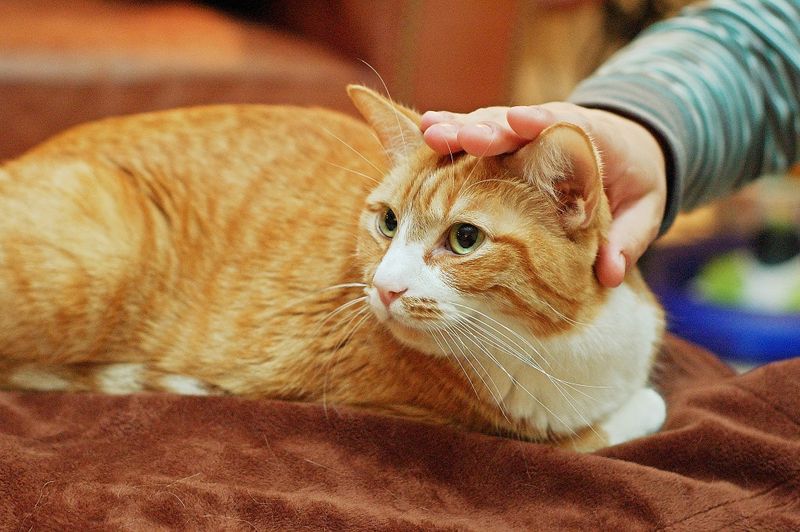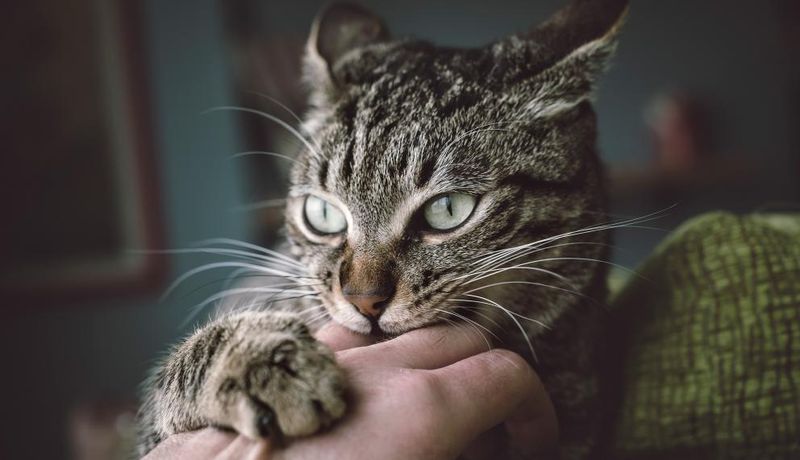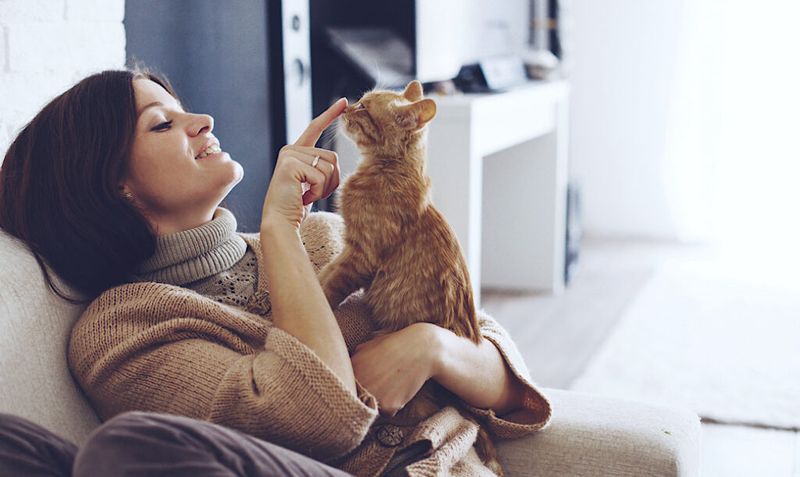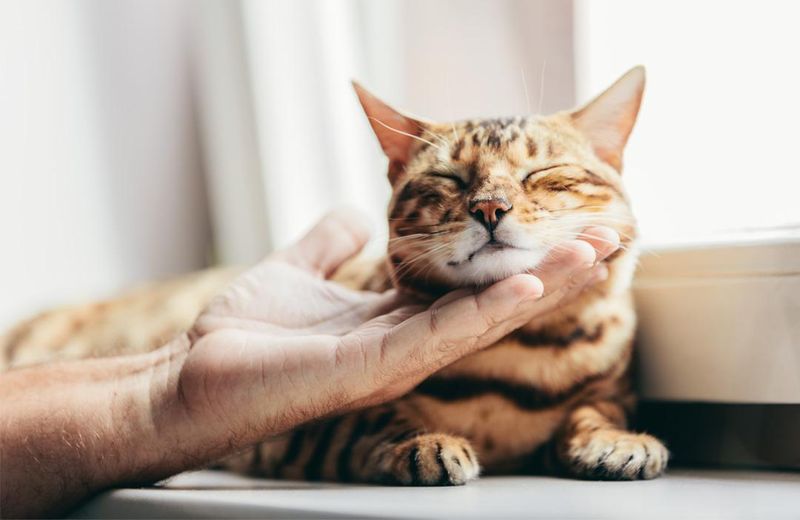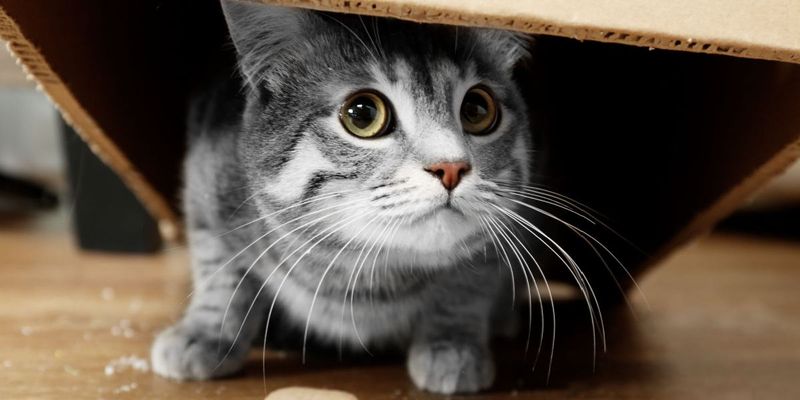📖 Table of Content:
- 1. Understand Their Behavior
- 2. Set Clear Boundaries
- 3. Positive Reinforcement
- 4. Consistency is Key
- 5. Avoid Physical Punishment
- 6. Use Deterrents Wisely
- 7. Create a Stimulating Environment
- 8. Understand Body Language
- 9. Use Time-outs Sparingly
- 10. Practice Patience
- 11. Redirect Negative Behavior
- 12. Understand Triggers
- 13. Reward Calmness
- 14. Set Realistic Expectations
- 15. Engage in Regular Training
- 16. Be Aware of Health Issues
- 17. Maintain a Routine
- 18. Use Calm Communication
- 19. Address Behavioral Changes Early
- 20. Foster Trust and Bonding
Cats, with their unique personalities, can sometimes exhibit behavior that challenges their owners. Understanding how to discipline them effectively, while maintaining a loving relationship, is key. Here are 20 essential tips every cat owner should know to foster a harmonious home.
1. Understand Their Behavior
Understanding why cats behave the way they do is the first step. Cats have unique personalities and needs that often manifest in unexpected ways. Observing your cat’s natural behavior, such as playfulness, curiosity, or even aloofness, can provide insight into their actions. Recognizing these traits helps in addressing discipline appropriately. Some cats may scratch furniture due to boredom, while others might meow excessively for attention.
2. Set Clear Boundaries
Cats need to know what is acceptable in their environment. Establishing clear boundaries helps in maintaining order. By setting designated areas for activities like scratching or resting, you provide options that align with their instincts. A scratching post, for example, can deter them from damaging furniture. Consistency is key; ensure everyone in the household follows the same rules.
3. Positive Reinforcement
Rewarding good behavior can be more effective than punishing bad actions. Positive reinforcement involves giving treats, affection, or praise when your cat behaves appropriately. This approach encourages repetition of the desired behavior. Cats quickly learn to associate positive outcomes with their actions, making training a more enjoyable experience for both the owner and the pet.
4. Consistency is Key
Discipline requires consistency to be effective. Using the same commands and maintaining the same rules helps reinforce learning. Inconsistency can confuse cats, leading to erratic behavior. Ensure that everyone in the household is on the same page, using identical cues and responses. This collective effort strengthens the understanding of what is expected from the cat.
5. Avoid Physical Punishment
Physical punishment can harm the bond between you and your cat. Cats respond better to gentle guidance than fear-based methods. Instead of physically reprimanding your cat, redirect their actions through distraction or offering an alternative. For example, if your cat is scratching furniture, guide them to a scratching post instead. This approach fosters trust and mutual respect.
6. Use Deterrents Wisely
Deterrents can be used to prevent unwanted behavior. Scent deterrents, like citrus, are effective as cats generally dislike them. Spraying such scents on areas you wish to protect can discourage cats from approaching. However, it’s essential to use deterrents sparingly to avoid causing stress. Balance deterrents with positive reinforcement to guide behavior constructively.
7. Create a Stimulating Environment
Boredom can lead to misbehavior in cats. Providing a stimulating environment with toys, climbing structures, and interactive play can reduce unwanted actions. Enriching their surroundings aligns with their natural curiosity and hunting instincts. Rotate toys regularly to maintain interest. A well-stimulated cat is less likely to develop behavior issues, making discipline easier.
8. Understand Body Language
Reading your cat’s body language is crucial for effective communication. Cats express their feelings through tail movements, ear positions, and vocalizations. Understanding these signals can prevent misinterpretations that lead to discipline issues. For example, a flicking tail might indicate annoyance. Responding appropriately to these cues can strengthen your relationship and reduce conflicts.
9. Use Time-outs Sparingly
Time-outs can be an effective discipline tool when used correctly. Isolating a cat for a short period after undesirable behavior can give them time to calm down. However, it’s important to ensure the time-out location is safe and not perceived as a punishment. Overusing time-outs can have adverse effects, so use this method sparingly and in conjunction with positive reinforcement.
10. Practice Patience
Patience is essential when disciplining cats. Changes in behavior take time, and rushing the process can lead to frustration for both parties. Celebrate small victories and maintain a calm demeanor throughout training. Cats pick up on human emotions, so staying composed can positively influence their response to discipline. Remember, lasting change is a gradual process.
11. Redirect Negative Behavior
Redirecting a cat’s negative behavior to a more acceptable activity can be effective. If a cat tends to jump on tables, encourage them to play in designated areas instead. Providing alternatives satisfies their curiosity and need for exploration while maintaining household rules. Consistent redirection, paired with positive reinforcement, helps cats learn what behaviors are appropriate.
12. Understand Triggers
Identifying and understanding triggers that lead to undesirable behavior is crucial. Stress, changes in environment, or even specific noises can affect a cat’s actions. Observing patterns in behavior and addressing these triggers can prevent issues before they escalate. Sometimes, minor adjustments, like changing feeding times, can have a significant impact on reducing stress-related behaviors.
13. Reward Calmness
Encouraging calm behavior through rewards reinforces a peaceful environment. When a cat remains calm in situations that might typically cause agitation, rewarding them can solidify this positive behavior. Over time, cats learn that staying relaxed is beneficial, leading to fewer disruptions. This method is particularly useful in multi-cat households where harmony is essential.
14. Set Realistic Expectations
Having realistic expectations about your cat’s behavior can ease the discipline process. Cats have natural instincts that may not align with human preferences, like hunting or climbing. Understanding and accepting these traits, while guiding them towards acceptable outlets, fosters a harmonious relationship. Remember, each cat is unique, and patience is key to setting achievable goals.
15. Engage in Regular Training
Regular training sessions can foster good behavior in cats. Short, daily sessions are more effective than infrequent, lengthy ones. Incorporating training into playtime keeps cats engaged and strengthens the bond between you and your pet. Over time, training becomes a natural part of your cat’s routine, enhancing discipline and mutual understanding.
16. Be Aware of Health Issues
Sometimes, misbehavior can be linked to underlying health issues. Consult a veterinarian if you notice sudden changes in your cat’s actions. Conditions like pain, illness, or even dental problems can affect behavior. Prompt medical attention ensures your cat’s health and well-being, preventing unnecessary discipline for actions beyond their control.
17. Maintain a Routine
Cats thrive on routine. Consistent feeding, play, and rest times create a stable environment that reduces anxiety and misbehavior. A well-structured routine helps cats understand what to expect, minimizing stress-induced actions. Maintaining consistency in daily activities can significantly improve behavior and discipline, providing a secure and predictable atmosphere for your feline friend.
18. Use Calm Communication
Communicating calmly with your cat fosters trust and understanding. Cats are sensitive to tone and can pick up on emotions conveyed through voice. Speaking in a soft, soothing manner encourages a positive response, whereas shouting can lead to fear and confusion. Consistent, calm communication is an effective tool in guiding behavior and reinforcing discipline.
19. Address Behavioral Changes Early
Addressing behavioral changes as soon as they arise can prevent escalation. Cats often give subtle signs before major issues develop. Observing and responding to these changes promptly can make a significant difference. Early intervention might involve adjusting routines, consulting a veterinarian, or modifying training methods to suit evolving needs.
20. Foster Trust and Bonding
Building a strong bond with your cat lays the foundation for effective discipline. Trust is built through consistent, loving interactions and respecting their space. Engaging in activities your cat enjoys strengthens this connection, making them more receptive to guidance. A trusting relationship not only eases discipline but enriches the companionship between you and your feline friend.
